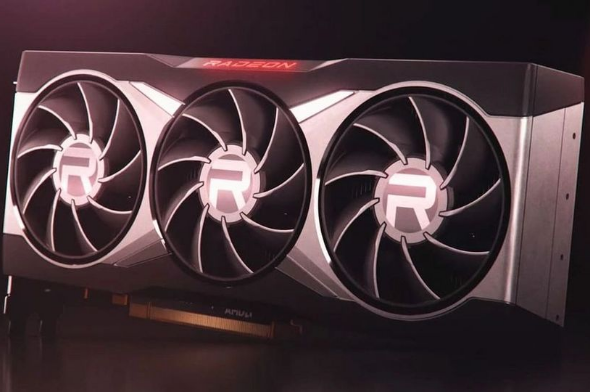Connection to DriversCloud Create a DriversCloud.com account Reset your DriversCloud.com password Account migration
AMD confirms RDNA 3 graphics card generation to be released "during 2022
If the last two years have been complicated on the graphics card side, this does not prevent the main players from preparing the future.
On several occasions, AMD has published roadmaps clearly highlighting RDNA 3 to succeed the RDNA 2 of Radeon RX 6000 series cards. Logically, this new architecture should boost the performance of AMD GPUs and thus compete with GeForce RTX 4000 series graphics cards that NVIDIA is preparing for the second half of 2022. To be in line with its long-time competitor, AMD must be able to distribute RDNA 3 before the end of the calendar year, and it is on the possibility of keeping this commitment that observers have begun to doubt.
Last week, at the time of presenting the results of his group, Lisa Su, CEO of AMD, wanted to reassure investors and customers by confirming that the roadmap RDNA 3 remains relevant: "Regarding 2022. The demand for our products will remain very strong. We expect another year of significant growth and shareholder value as we expand our current products and prepare to launch our next wave of CPUs and GPUs, Zen 4 and RDNA 3. We have also made significant investments to ensure we have the capacity to support our growth in 2022 and beyond."
The Radeon RX 7000 series seems to be planned for this year, even if the fact that Lisa Su does not give more details seems to direct us to a release in November, as was the case in November 2020 with the release of Radeon RX 6000 series. Note in passing that Lisa Su insists as much on the arrival of the next generation of GPU (RDNA 3) as on the release of the new generation of CPU (Zen 4). The latter should trigger the transition to PCI Express 5.0 and DDR5 RAM.
Finally, as if to support the words of Lisa Su, the LinkedIn profile - now removed - of an AMD engineer has confirmed some of the developments expected for RDNA 3. It was clarified that the firm's new GPUs will indeed exploit TSMC's new etch nodes for more finely produced chips, in N5 and N6 for 5 nm and 6 nm. This should offer several options to AMD: increase operating frequencies, reduce the heating of the chips or integrate more transistors on the same space.







